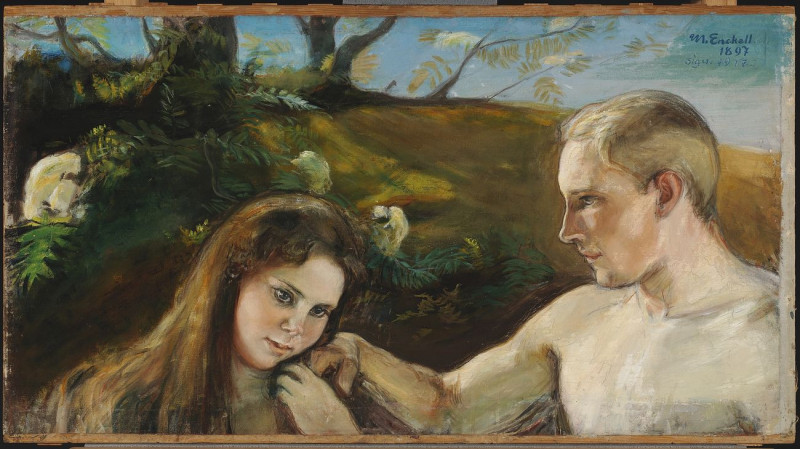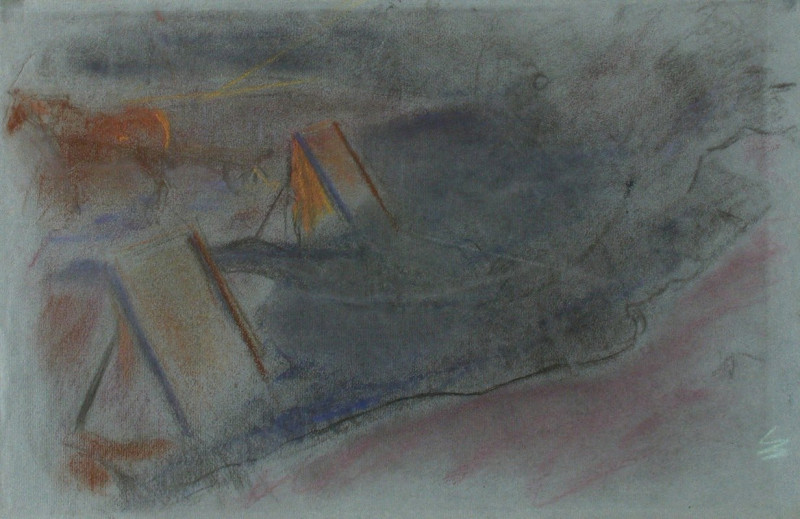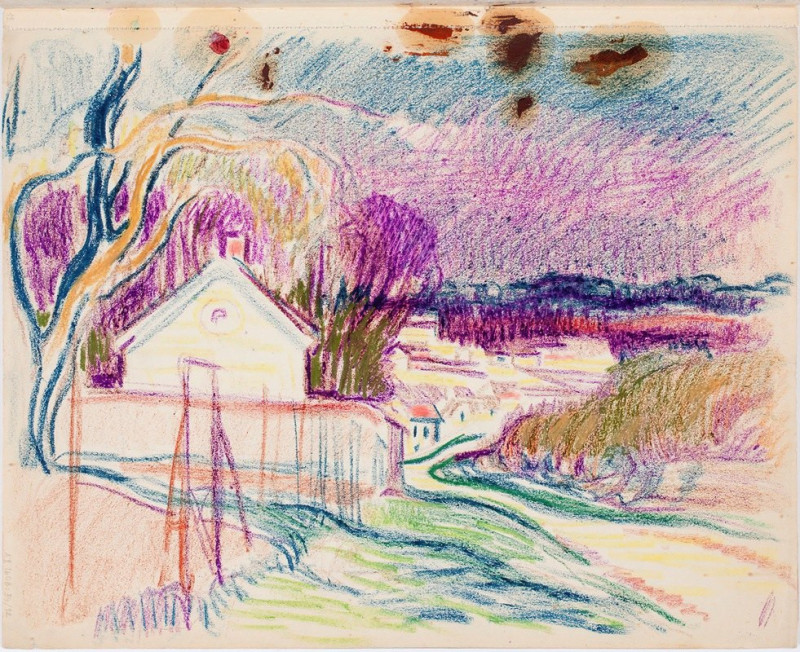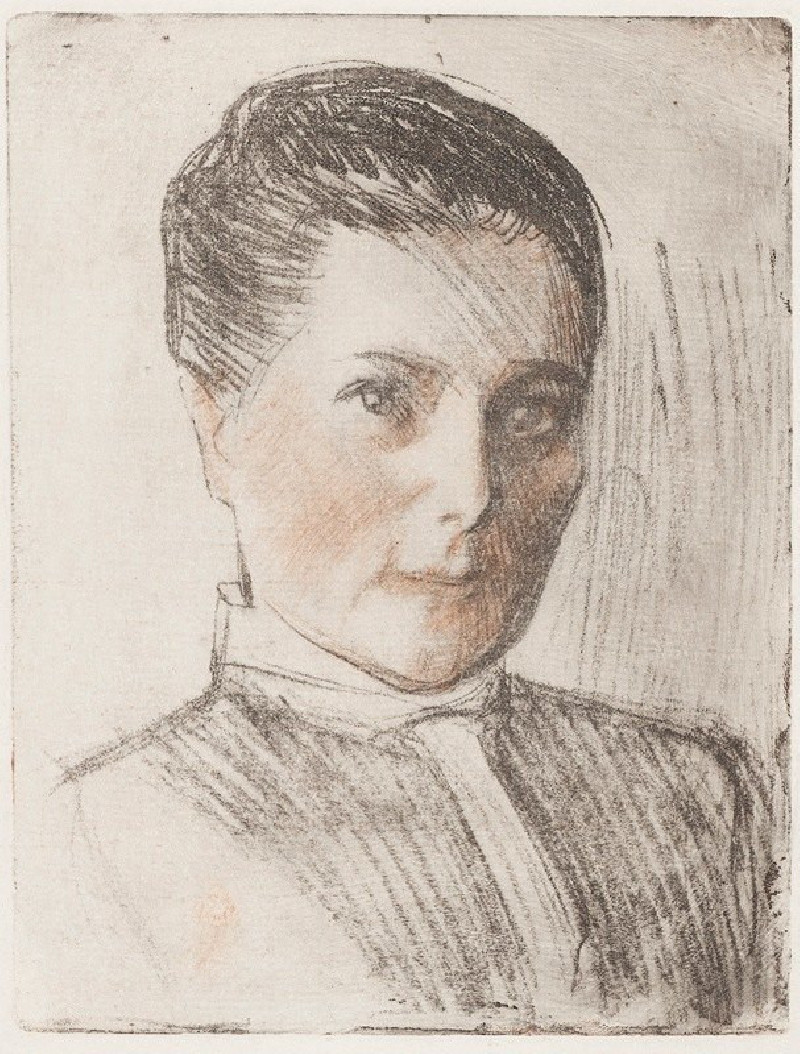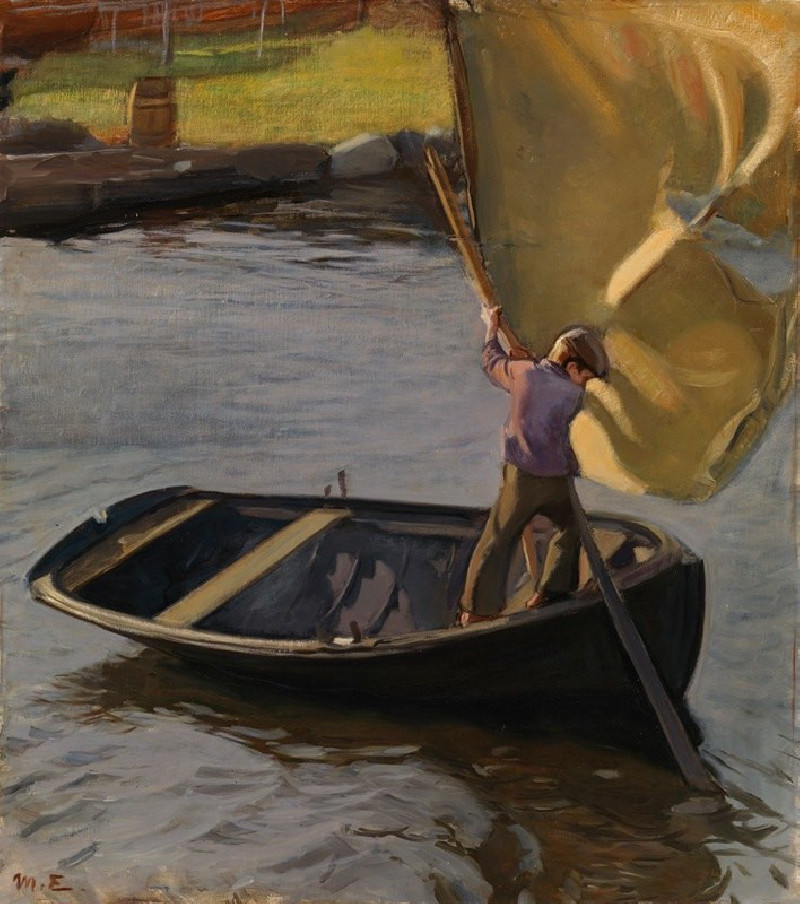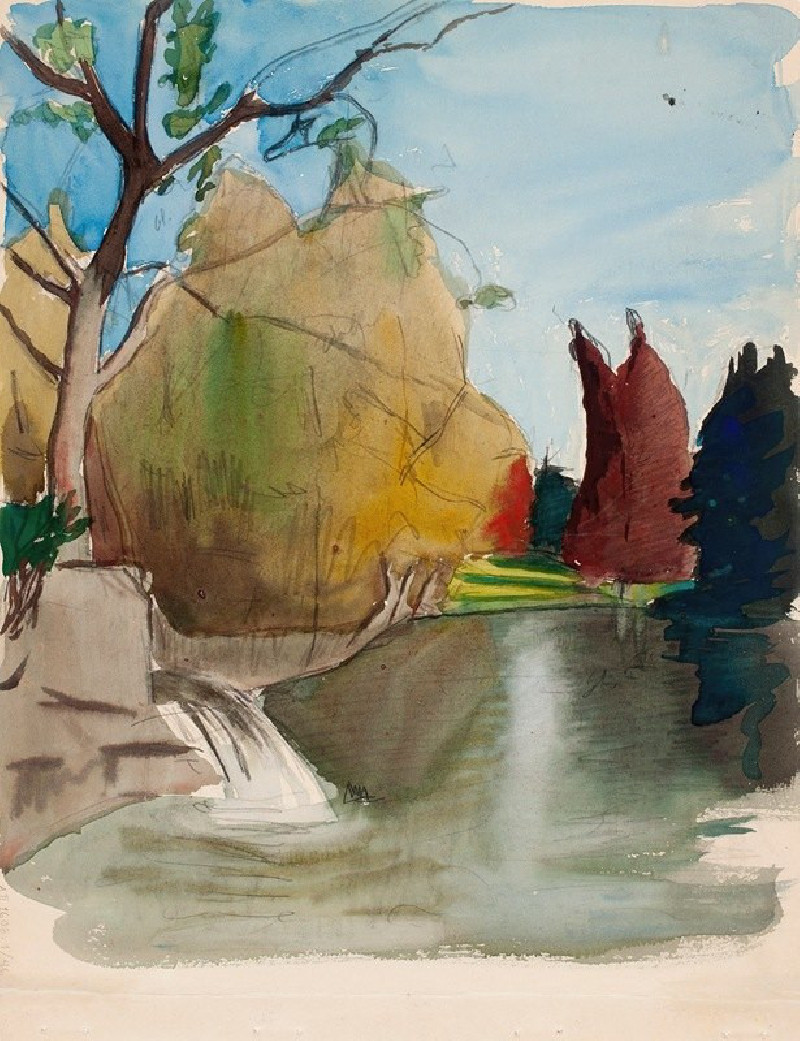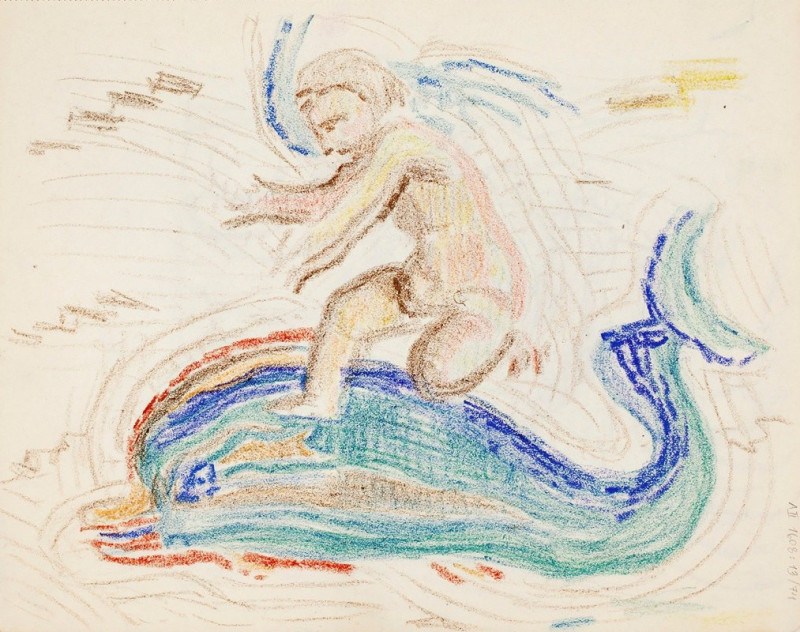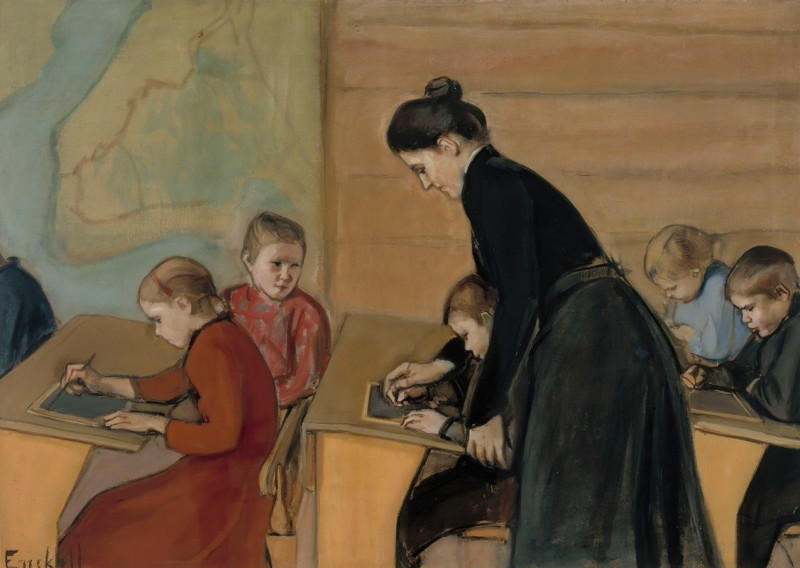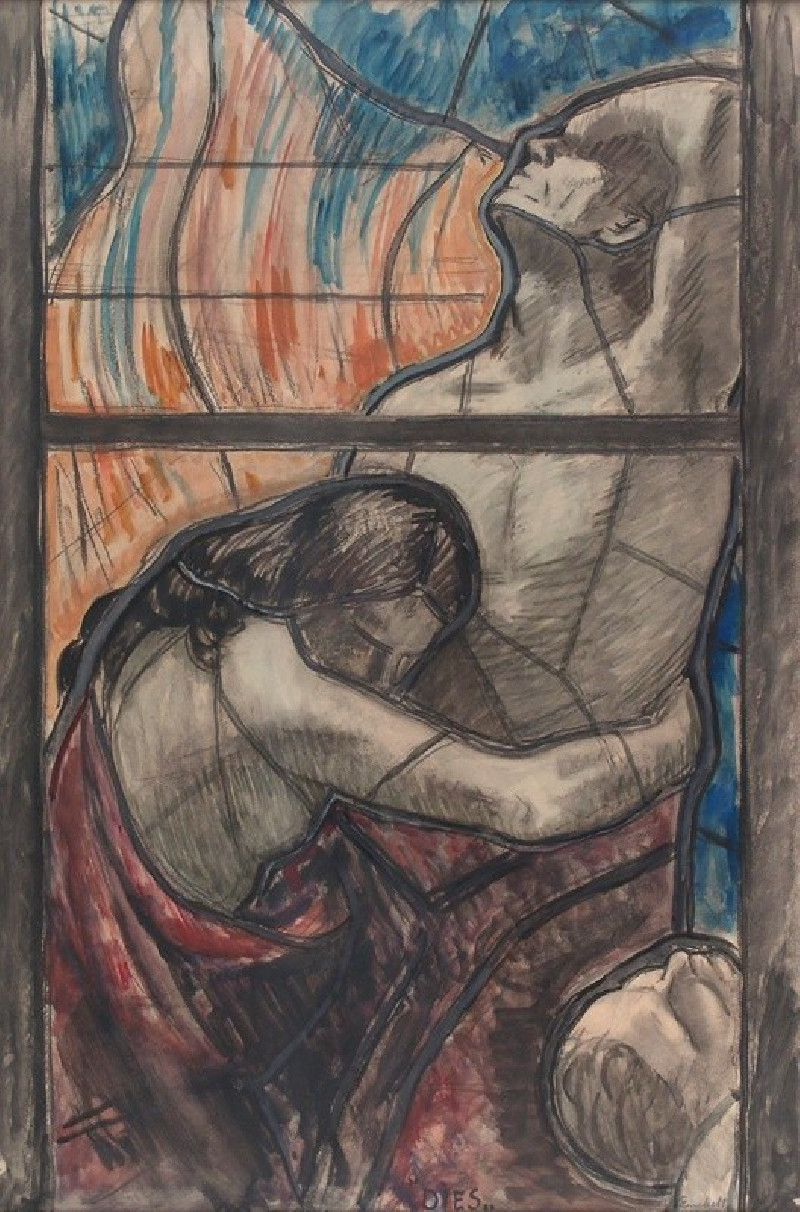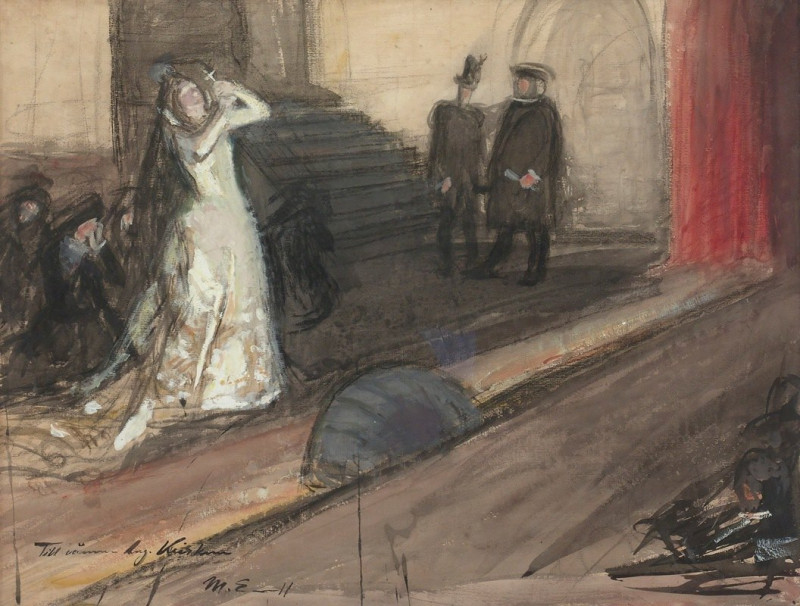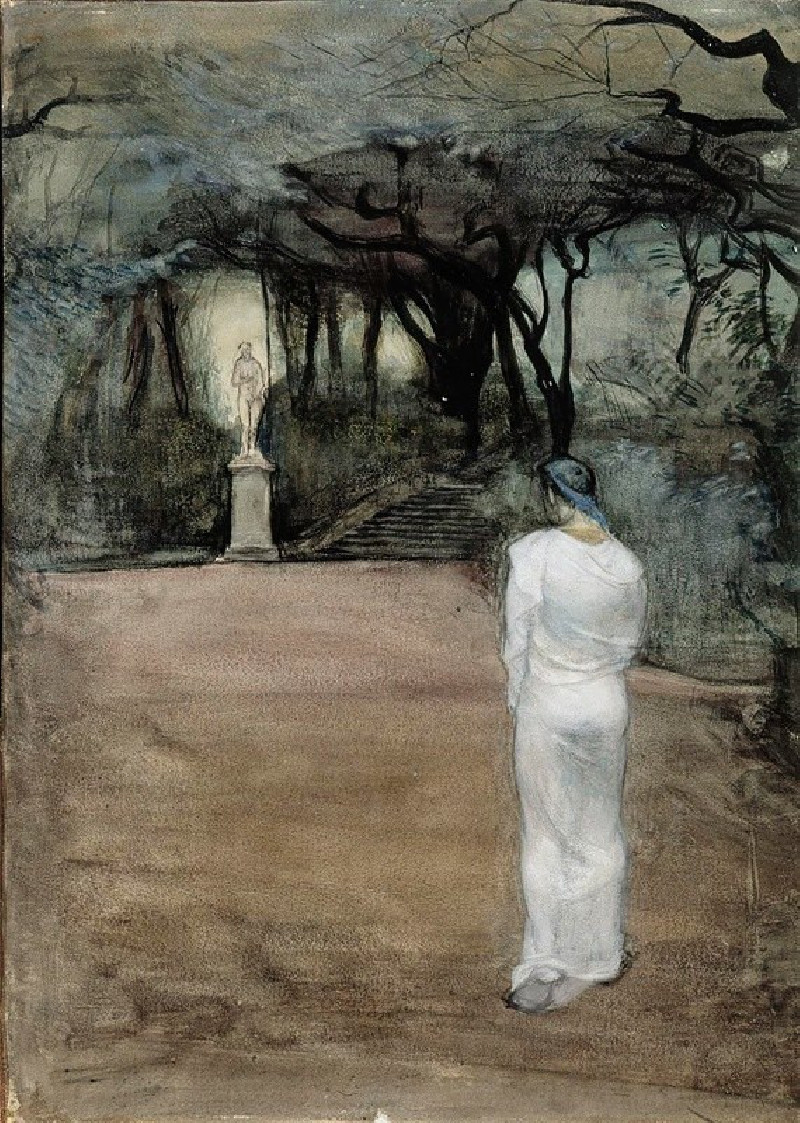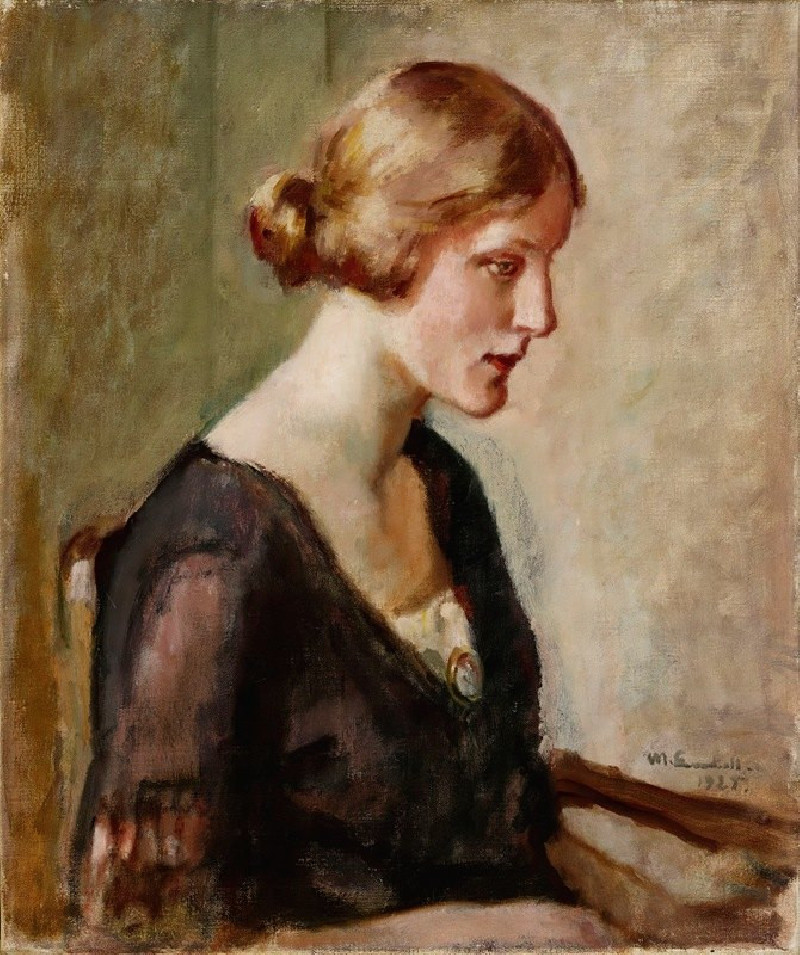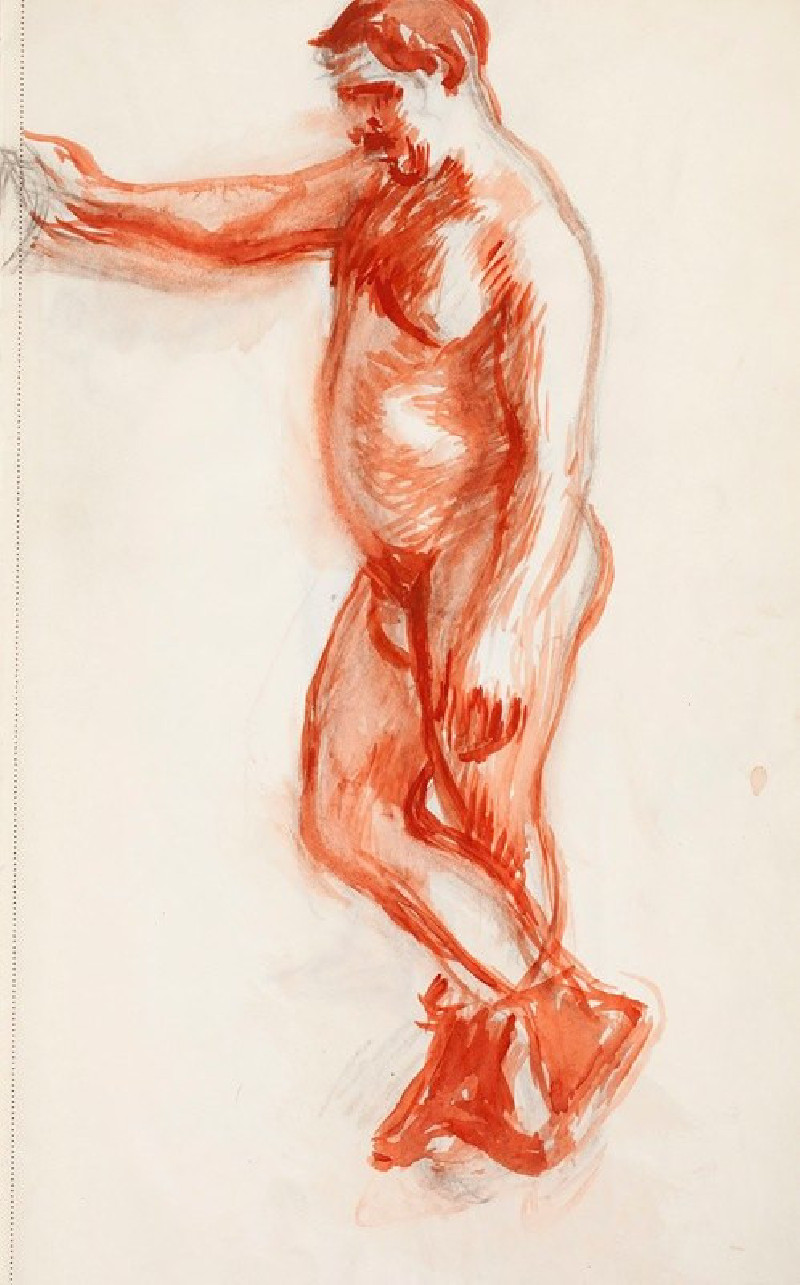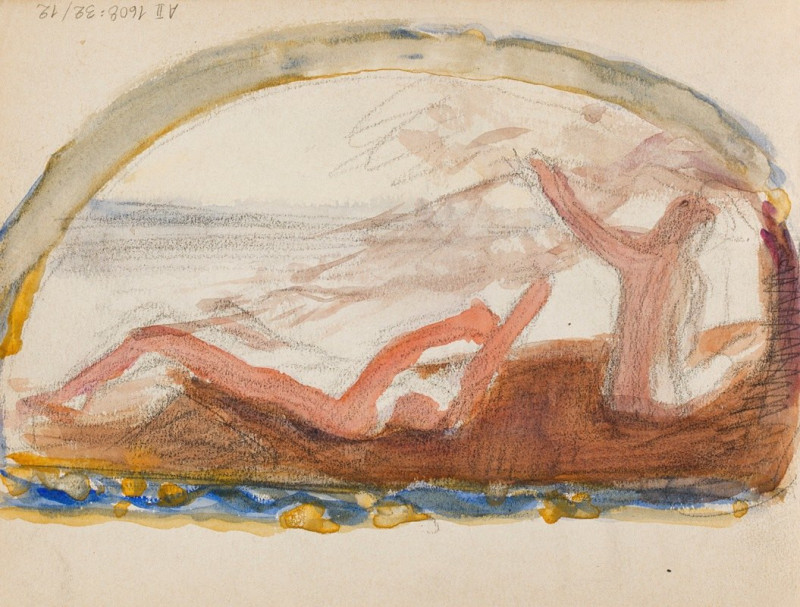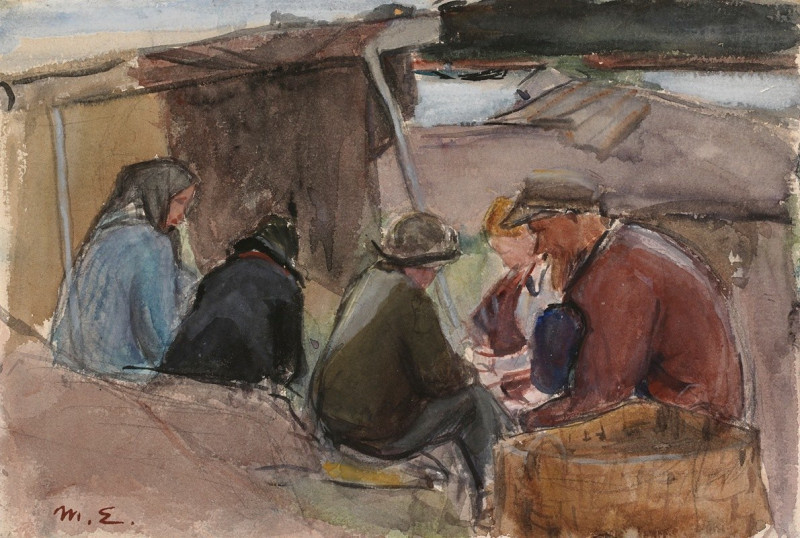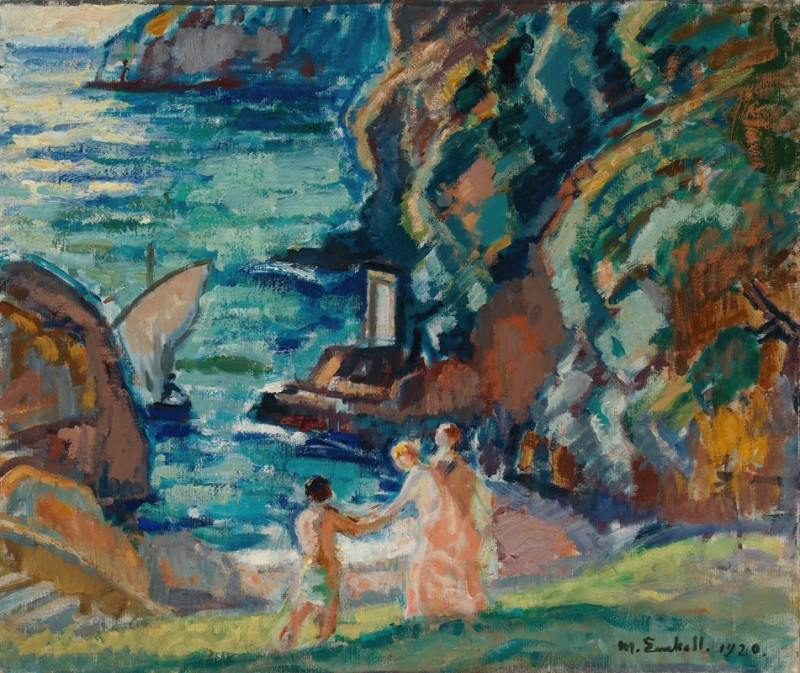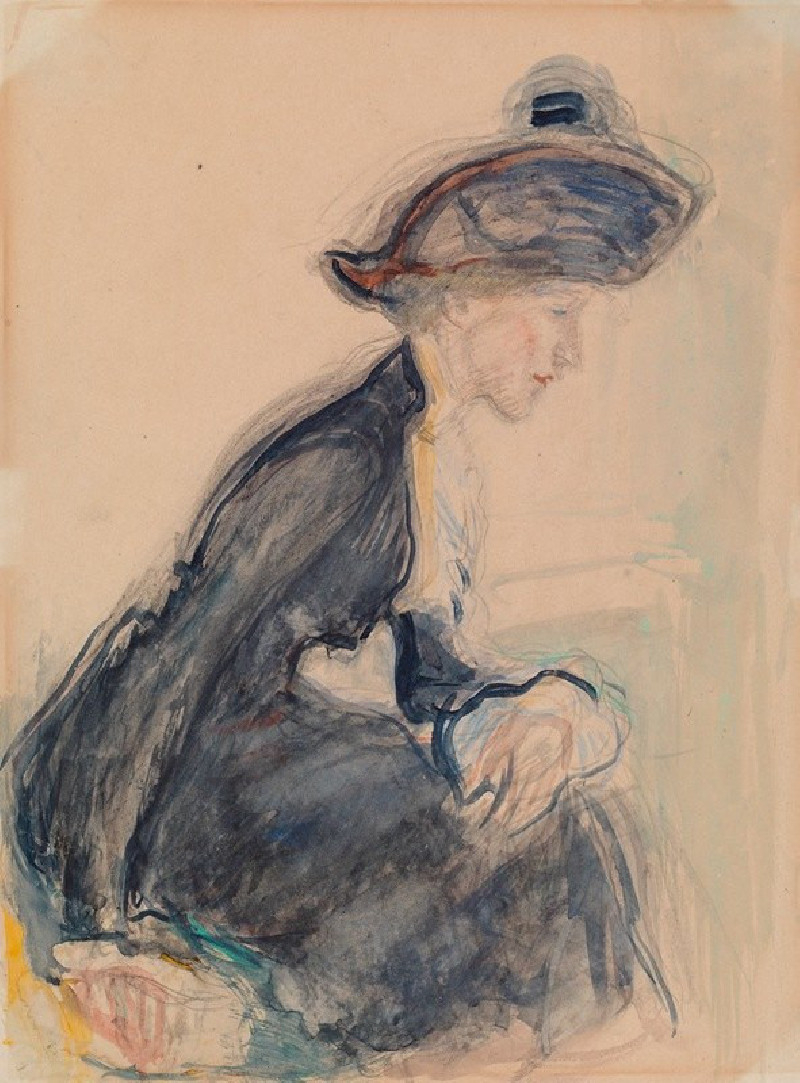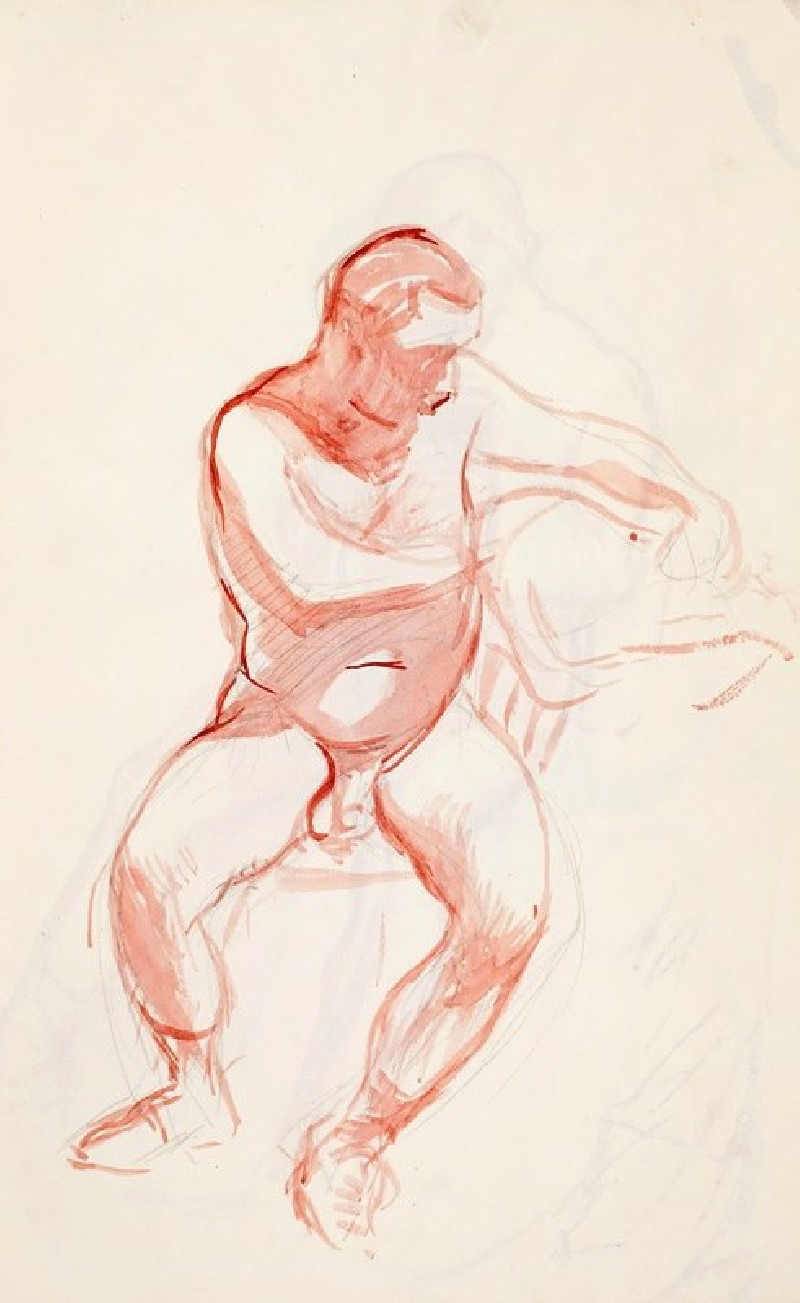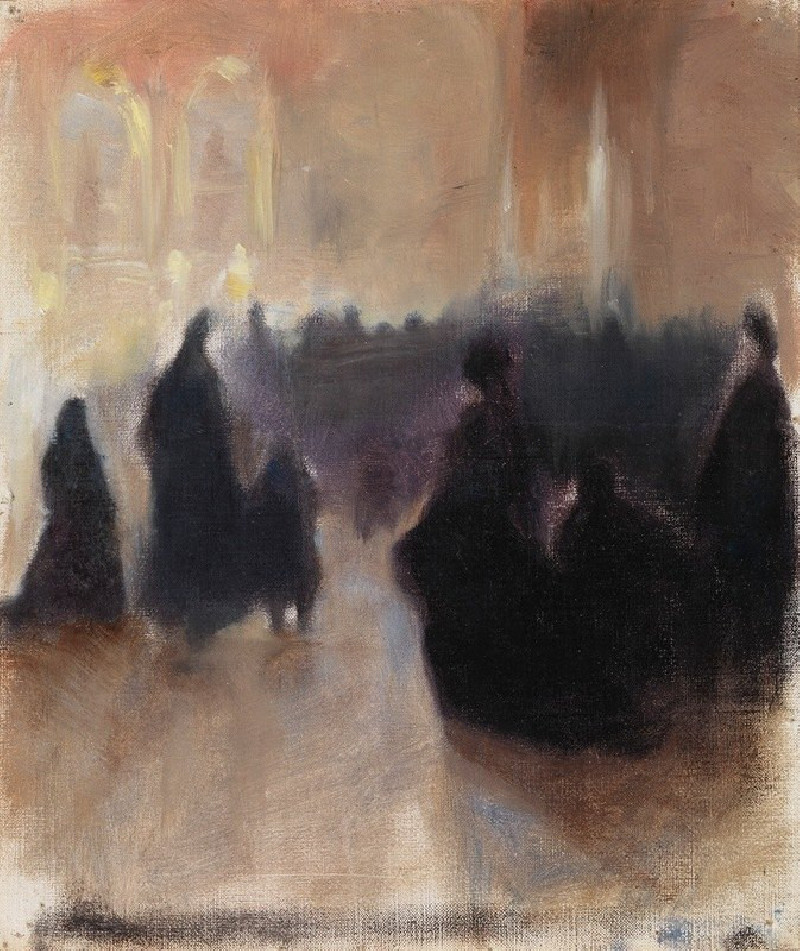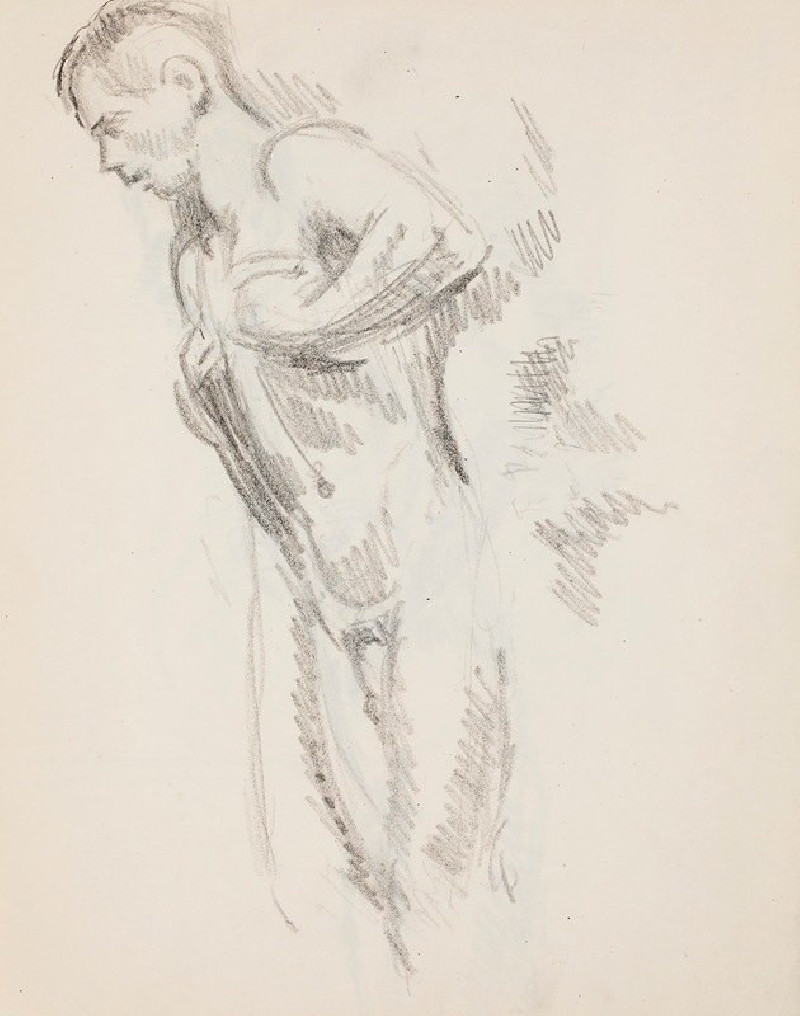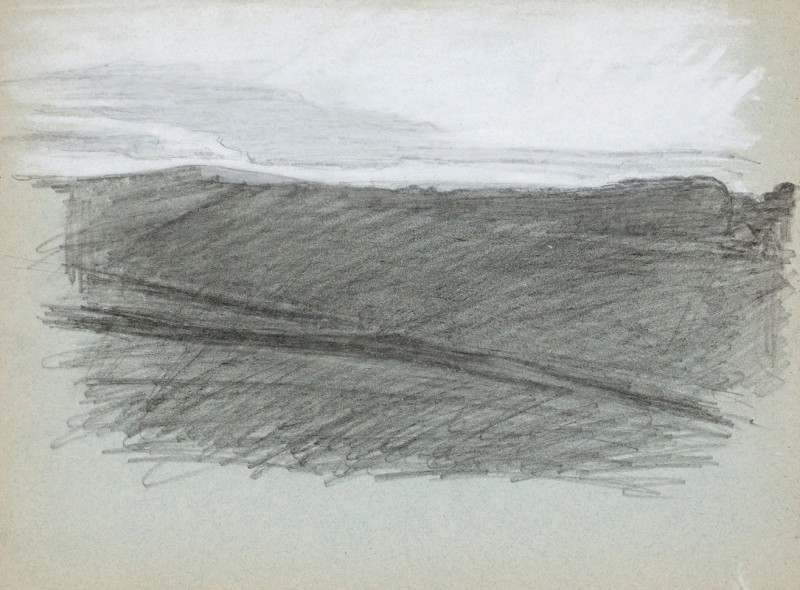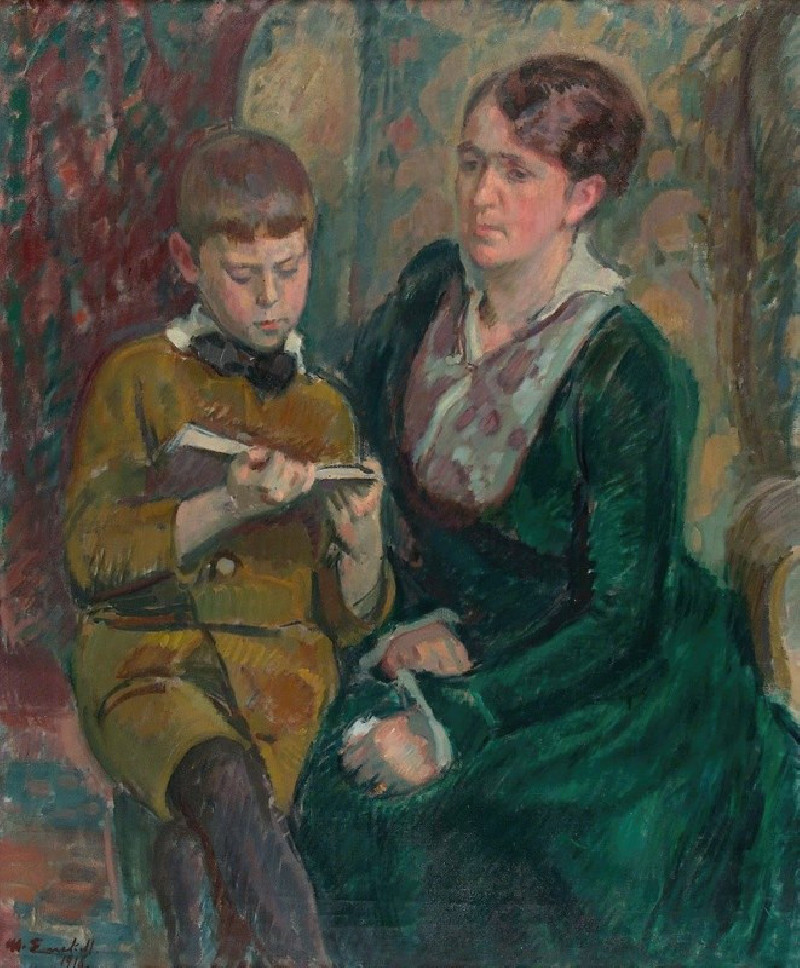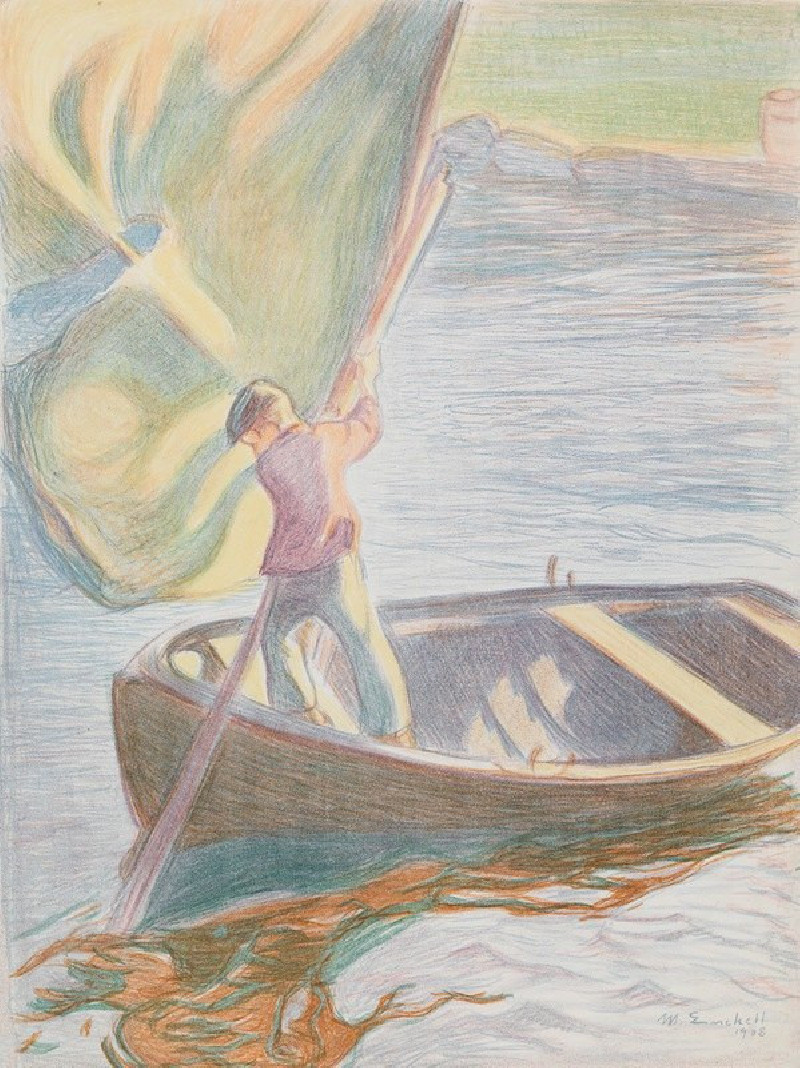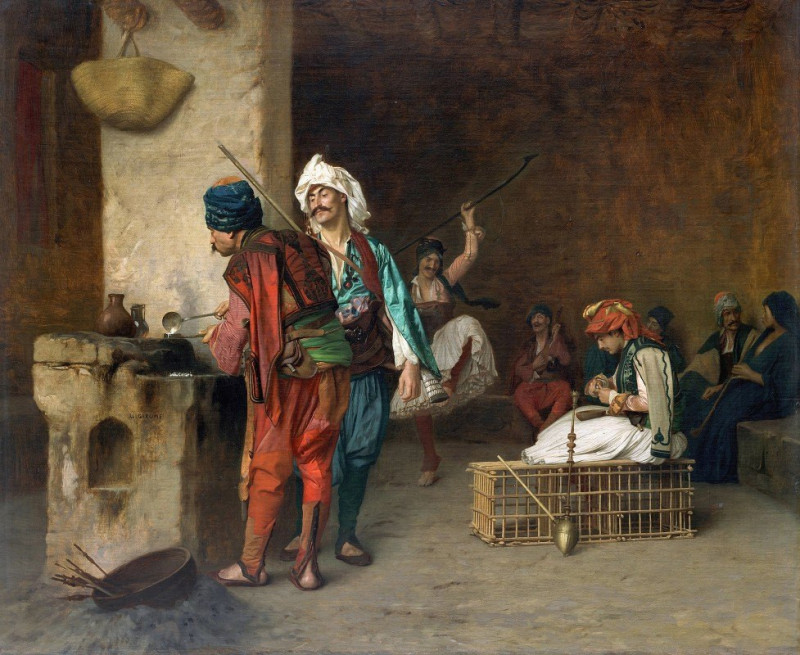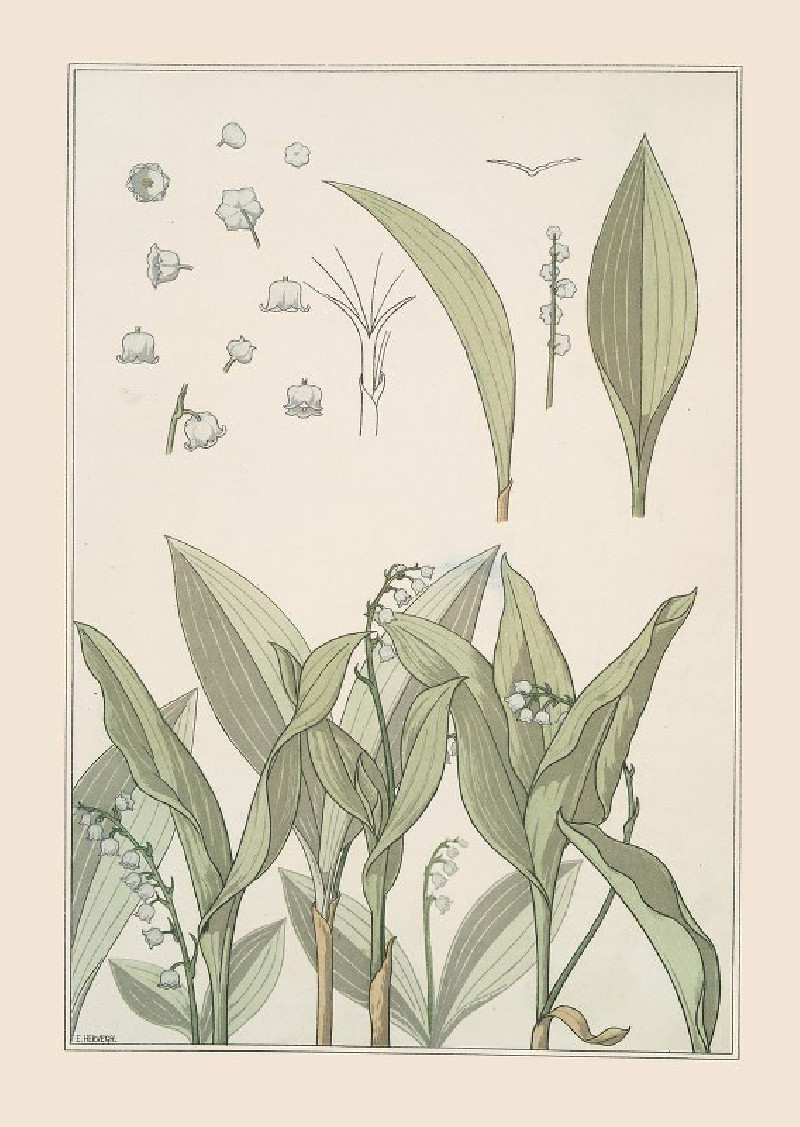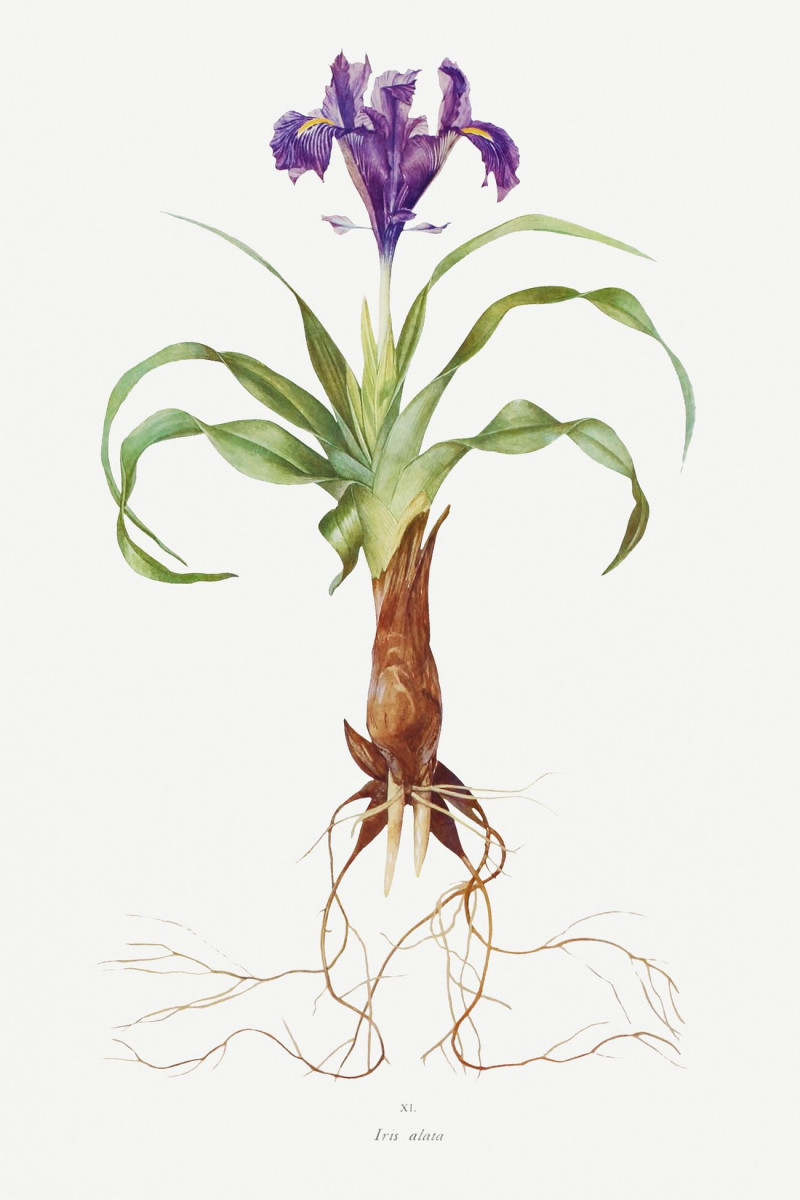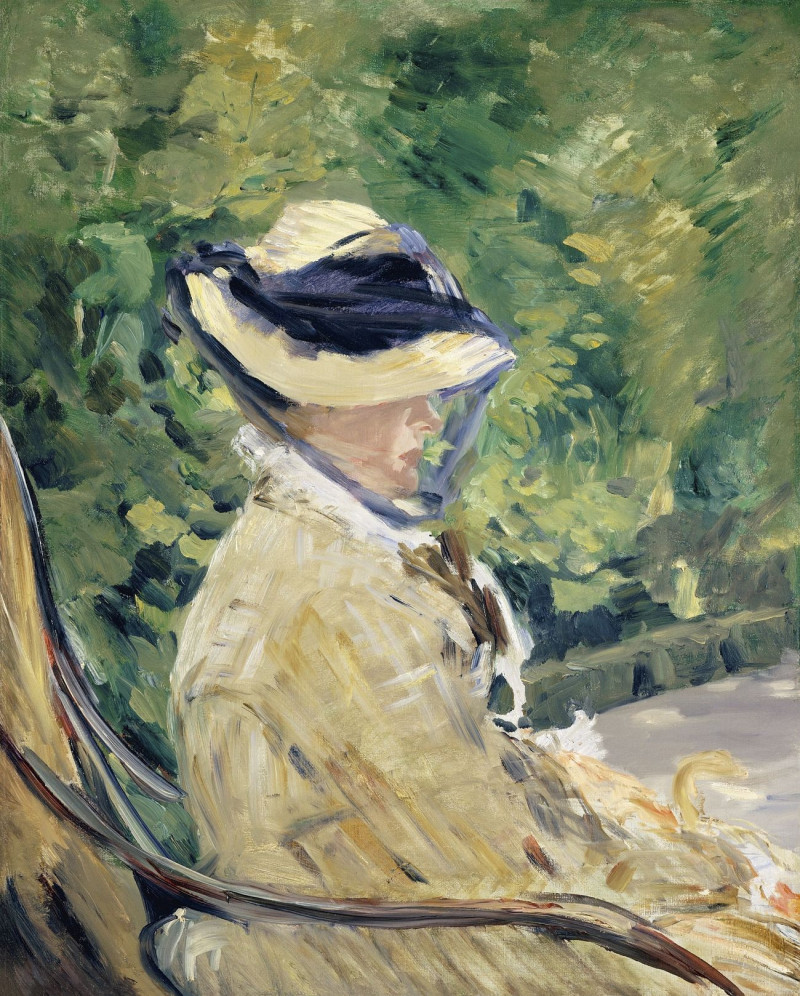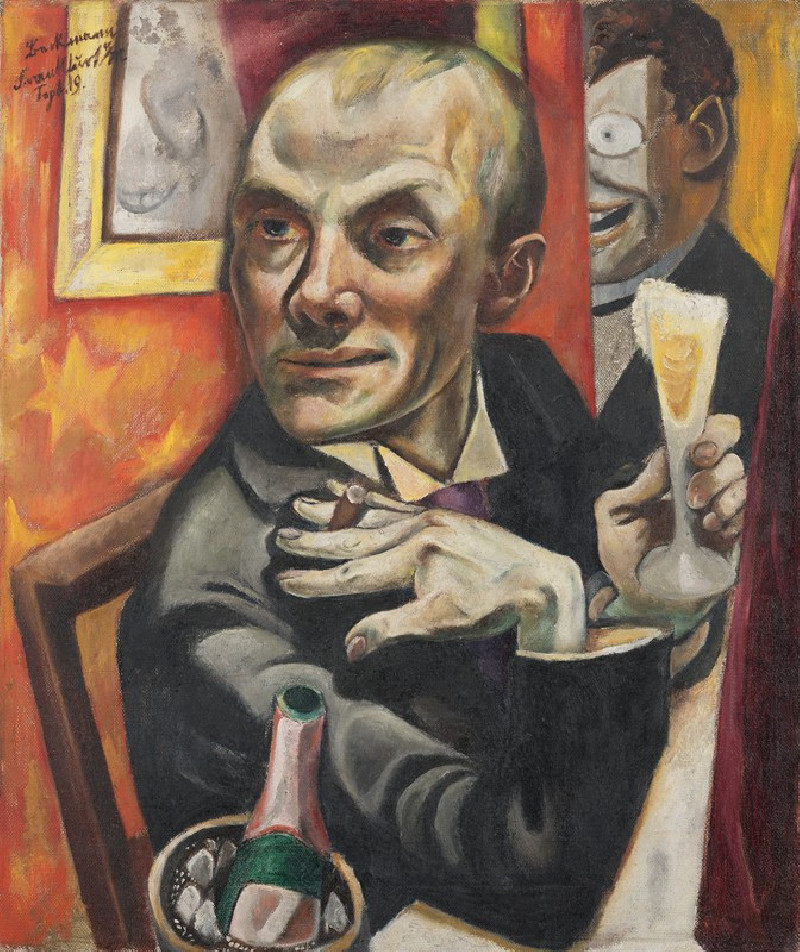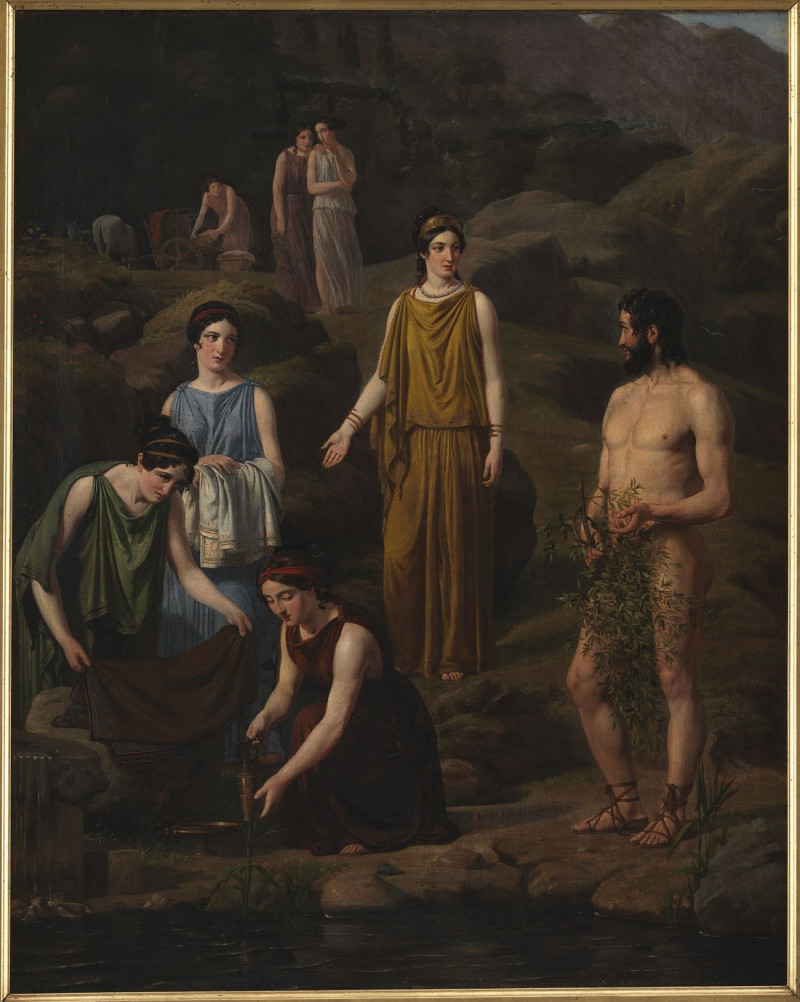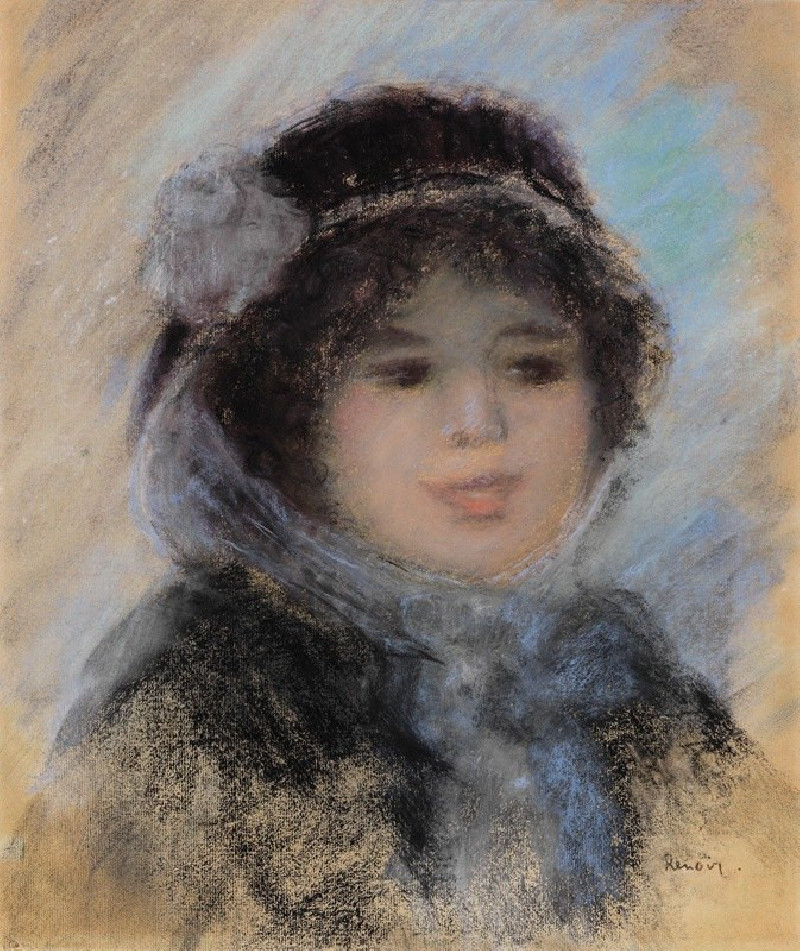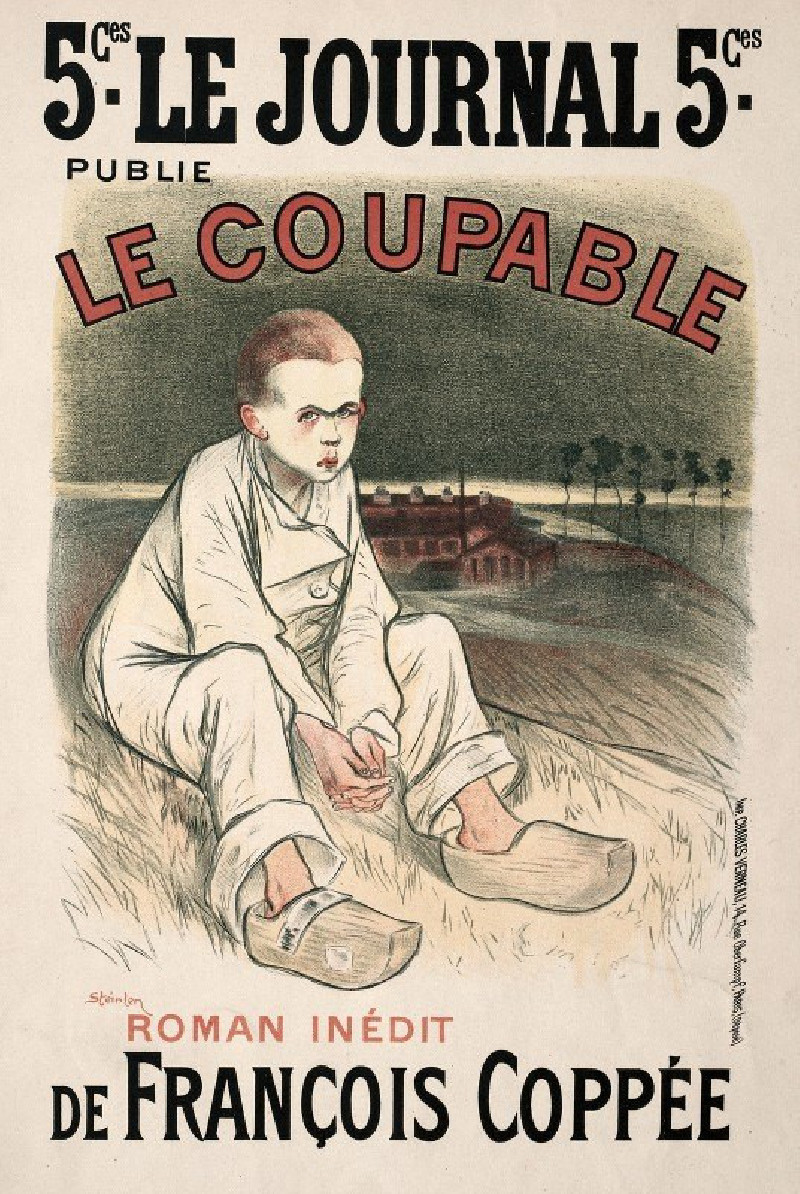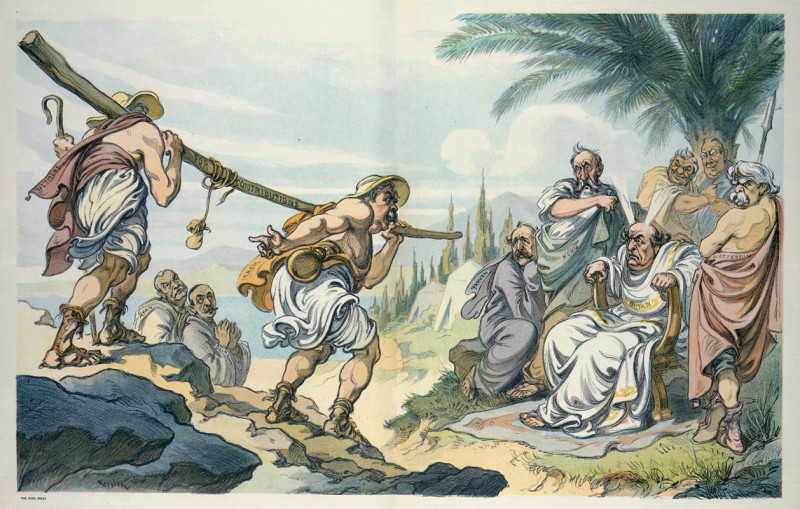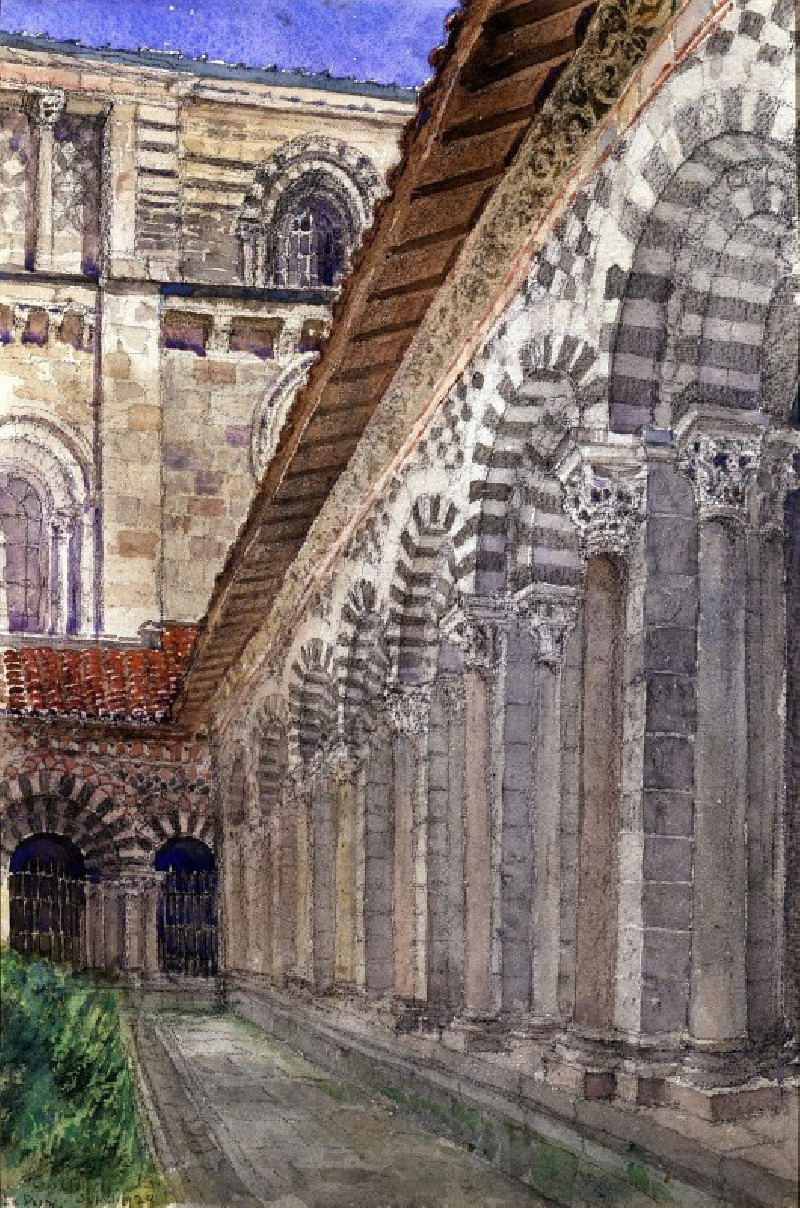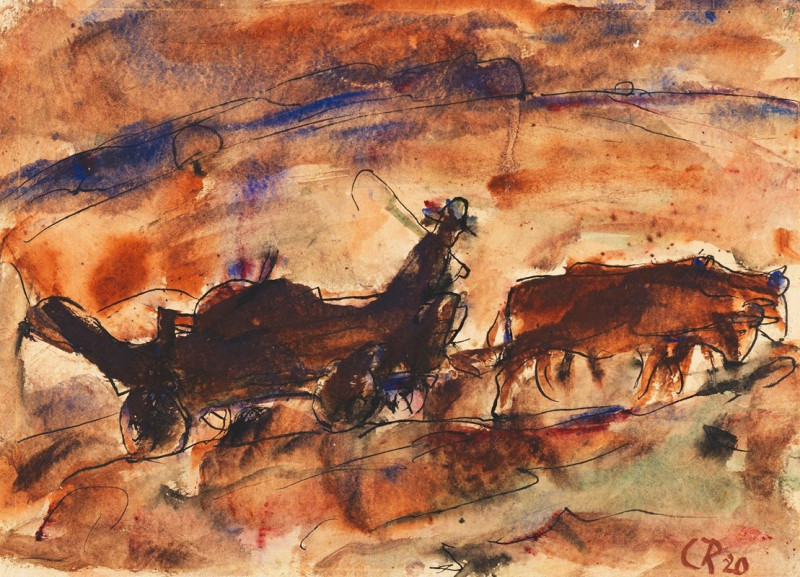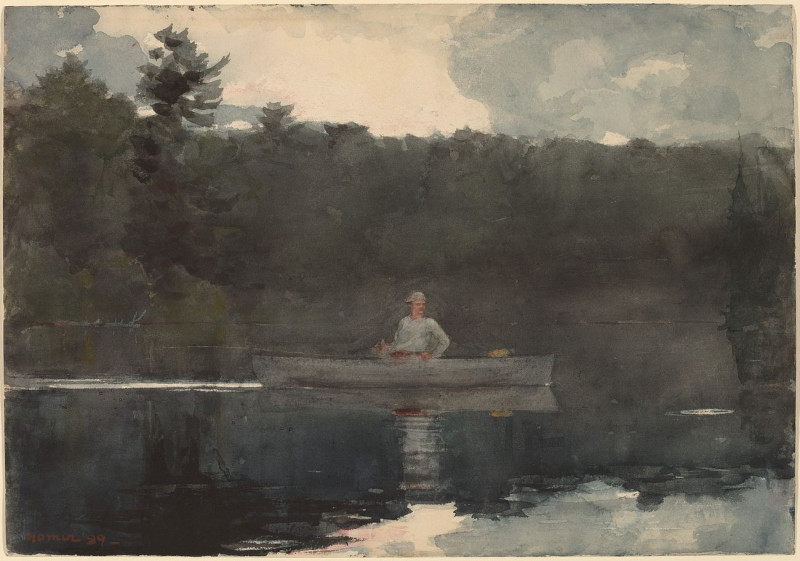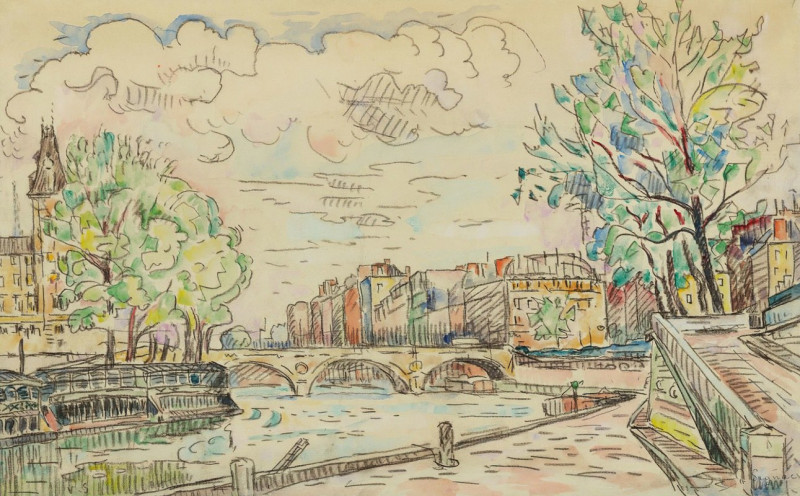Adam And Eve, 1897,
Technique: Giclée quality print
Recommended by our customers
More about this artwork
This painting by Magnus Enckell, titled "Adam and Eve" from 1897, features a vividly depicted scene of the two biblical figures in a tranquil outdoor setting. The composition centers on the figures of Adam and Eve, who are portrayed with intense emotion and a subtle interaction.Eve is depicted on the left side of the painting, with her gaze directly engaging the viewer. Her expression is thoughtful and slightly melancholic. Her long, flowing hair and the detailed rendering of her face highlight her beauty and femininity. Eve’s positioning and direct stare might suggest a narrative moment of contemplation or decision, aligning with her role in the biblical story.Adam, on the right, looks away from Eve, gazing off into the distance with a serious and introspective expression. His profile is sharply defined, showcasing strong features that communicate a sense of quiet strength and contemplation. The way he is portrayed without making eye contact with Eve could be interpreted as a moment of introspection or uncertainty.The background is lush and painterly, capturing a wilderness that suggests the Garden of Eden. Various shades of greens and blues are used to depict foliage and the sky, creating a serene and isolated atmosphere that envelops the figures.Overall, Enckell's use of vivid color, attentive detail to facial expressions, and dynamic contrast between the characters’ orientations, enriches the interpretation of this timeless biblical narrative, offering a fresh perspective on the themes of temptation, knowledge, and innocence.
Delivery
Returns
Magnus Enckell (1870-1925) was a Finnish painter and graphic artist who was born in Helsinki. He studied at the Ateneum School of Art and later at the Académie Julian in Paris. Enckell was greatly influenced by the Symbolist and Art Nouveau movements, and his work often featured moody and dreamlike landscapes and portraits. He was one of the leading figures of Finnish art in the early 20th century, and his work helped to shape the development of modernist art in Finland. He passed away in 1925 at the age of 55, leaving behind a legacy that continues to inspire artists to this day.

